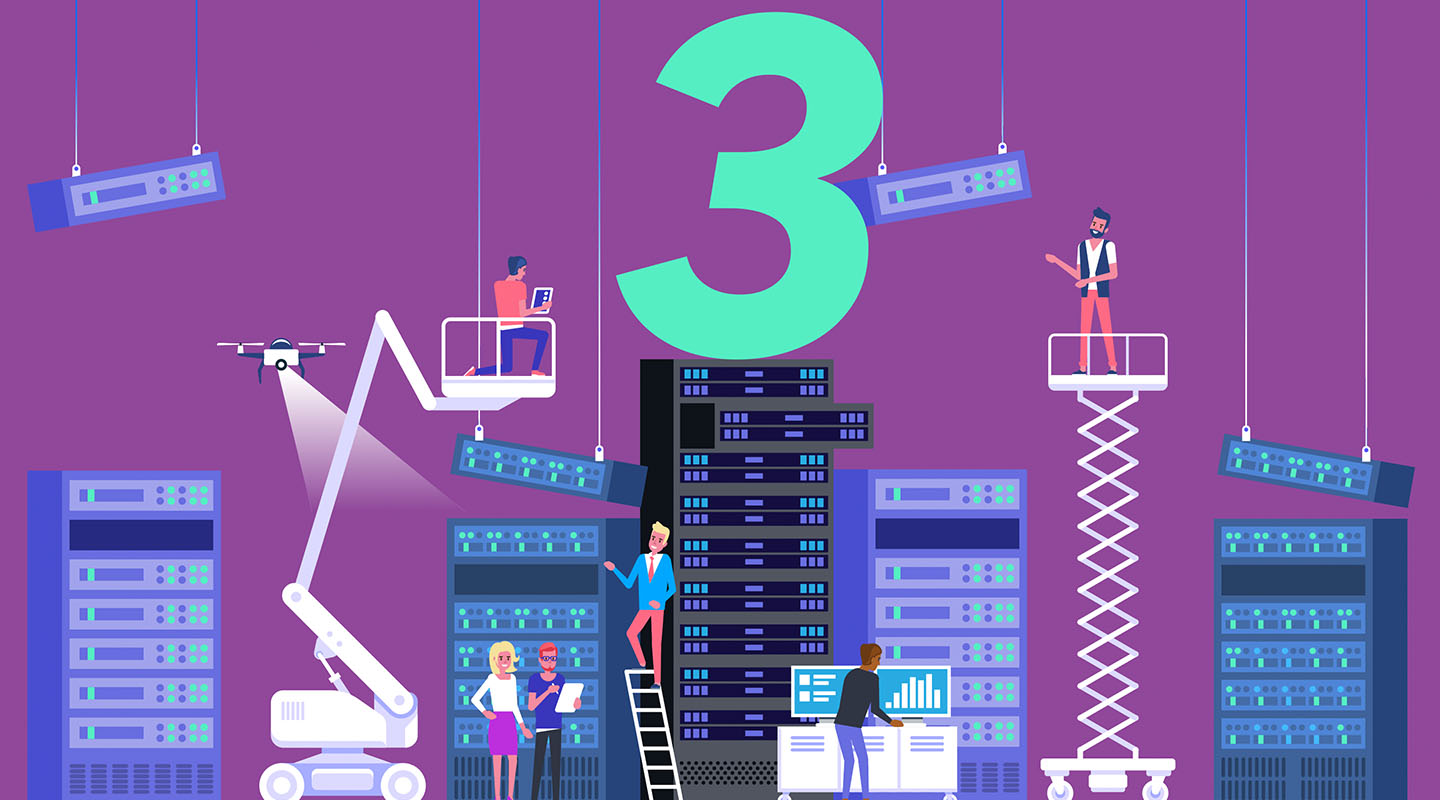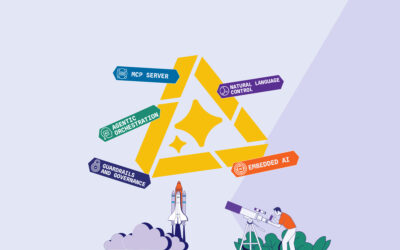Are you still relying on inefficient, outdated legacy technology systems out of fear that upgrading will be too risky? If you are, this is likely holding your health insurance business back from creating an exceptional consumer experience and meeting the demands of your healthcare members. By not using new and updated technologies, you’re also missing out on the ability to offer new and innovative products and converge different lines of business.
Core legacy systems are clunky and difficult to update, and as a result, hinder innovation. By exchanging these outdated systems for modern software, health insurers can mitigate risk, create better consumer experiences and provide more transparent access to member data.
Instead of sticking with core legacy systems that don’t support member needs, health insurers need speed, efficiency, and innovation. They need to move away from outdated software frameworks with customized code that isn’t easy to use and upgrade to a system with flexible, adaptable APIs.
Pouring money, time and effort into difficult-to-maintain legacy systems no longer makes sense. Here are three things health insurers should look for when replacing their core legacy systems.
- Speed to transform: Instead of spending years implementing costly legacy systems, why not opt for speedier software? One that transforms your health insurance business into a versatile system that better meets your, and your consumers’, current and future needs. Your new, modern software should use flexible APIs and an open system that provides a fantastic user experience — a system built to bend, not break, with upgrades, pivots, and new processes.
- Speed to innovate: Creating a diversified portfolio with plenty of room for expanding your lines of business and offering additional products isn’t typically possible when you’re attached to a legacy system. But when you replace your core systems, especially with a platform that features flexible APIs, you create multiple business opportunities that are not only good for the consumer, but great for your bottom line. Plus, these platforms help health insurers innovate and change plan designs easily and quickly to create diverse products that fuel additional revenue.
The speed of change is huge, and outdated systems can’t upgrade as fast as the market demands. Sticking with legacy systems is expensive, and it’s a strain on resources. Switching to a configurable system makes it easier to share, find, track, and analyze member data, which improves the user experience and increases your business’ bottom line.
- Speed to deploy: Inefficient, outdated software systems don’t cut it anymore. Switching to an adaptable, API-driven architecture helps you quickly deploy new varied health, dental, and vision products and have an eye on the future.
Instead of sticking with a clunky system that circumvents growth, build a relationship with an experienced healthcare software team who clearly understands your, and your consumers’, pain points and will help you speed up the deployment of your new system.
Modernizing your software systems will help you hit your business goals and move into the future, and it doesn’t have to be a daunting task. By switching to a platform like EIS’, you’ll accelerate system performance and no longer be held back by legacy technology that prevents innovation, quick deployment, and company transformation.




